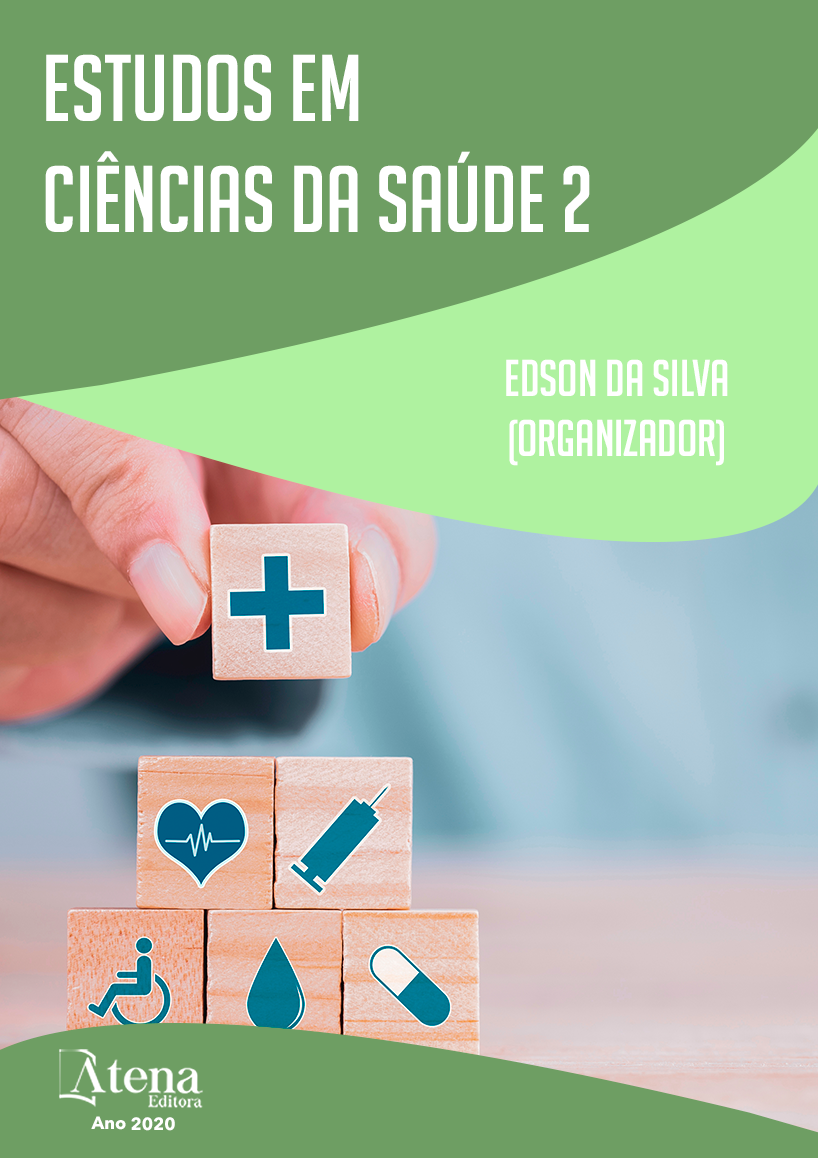
PREVENÇÃO DA SEPSE NEONATAL POR MEIO DA EDUCAÇÃO EM SAÚDE: UMA REVISÃO SISTEMÁTICA
OBJETIVO: Sintetizar intervenções de educação em saúde na literatura para prevenir sepse neonatal. METÓDO: Realizou-se uma revisão sistemática nas bases: PUBMED, SCIELO, BIREME, MEDLINE, SCOPUS e EMBASE, com os descritores Neonatal Sepsis e Health education entre outubro e dezembro/2017. Foram incluídos, estudos de intervenção de educação e excluídos, estudos sobre terapêutica, fatores de risco, diagnóstico e doenças correlacionadas. Para a síntese qualitativa, foram extraídos: local (ONDE), equipe executora (QUEM), público-alvo (PARA QUEM), método e atividade educativo/a (COMO) e principais achados (DESFECHO). RESULTADOS: Foram obtidos 5.361 estudos e, após aplicação de critérios de inclusão/exclusão, 11 estudos foram analisados. ONDE: unidades de terapia intensiva (UTI) e maternidades; QUEM: equipes de educação local, profissionais de controle de infecção e parcerias com instituições; PARA QUEM: profissionais de saúde, gestantes e familiares; COMO: educação continuada, implementação de medidas de prevenção e interligação entre os níveis de cuidado com palestras, aulas expositivas e práticas, vídeos e rádios locais e discussões de normas técnicas; DESFECHO: mudanças na percepção sobre prevenção de sepse, redução de internamentos e uso de antimicrobianos. CONCLUSÃO: Atividades direcionadas a profissionais, gestantes e familiares, com temas relacionados a protocolos e diretrizes e a higienização das mãos são fundamentais para prevenção e redução do impacto da sepse neonatal.
PREVENÇÃO DA SEPSE NEONATAL POR MEIO DA EDUCAÇÃO EM SAÚDE: UMA REVISÃO SISTEMÁTICA
-
DOI: 10.22533/at.ed.2492006039
-
Palavras-chave: Saúde Pública, Recém-nascido, Capacitação.
-
Keywords: Public health, Newborn, Training, Patient safety.
-
Abstract:
OBJECTIVES: To synthetize interventions of health education in literacture to prevent neonatal sepsis. METHODS: A systematic review was proceed in PUBMED, SCIELO, BIREME, MEDLINE, SCOPUS e EMBASE, with Neonatal Sepsis e Health education as descriptors between October and December 2017. Intervention studies were included and studies of therapeutic, risk factors, diagnosis and correlated diseases were excluded. Data extracted for qualitative synthesis: local (WERE), execute team (WHO), targed audience (FOR WHO), method and education activity (HOW) and main results (OUTCOME). RESULTS: 5,361 studies were obtained and, after inclusion/exclusion criteria, 11 studies were analyzed. WERE: intensive care unit (ICU) and maternity. WHO: teams of local education, control of infection and partnerships with external institutions. FOR WHO: health professionals, pregnant and families. HOW: continued education, implementation of prevent stuffs and connections between different levels of care with lectures, expositive and practical classes, videos, local radio and discussions about technical rules. OUTCOME: changes in perception about sepsis prevention, reduction of internments and use of antibiotics. CONCLUSION: Activities to professionals, pregnant and families with themes about protocols, rules and hand cleaning are fundamental to prevent and reduce the impact of neonatal sepsis.
-
Número de páginas: 15
- Bruna Pereira Madruga
- Camila Marinelli Martins
- Pollyanna Kássia de Oliveira Borges
- Kamila Mayara Mendes


